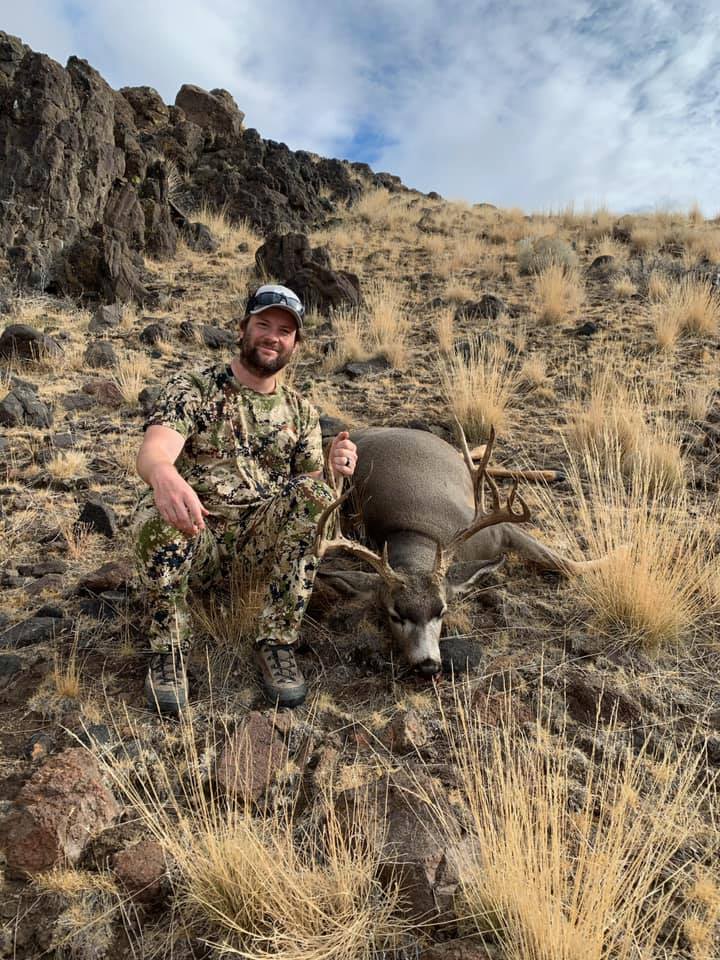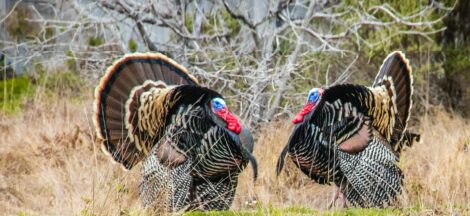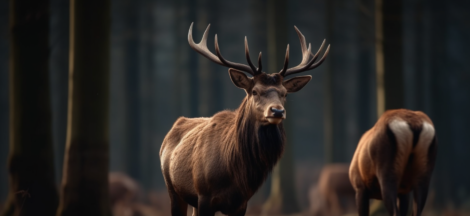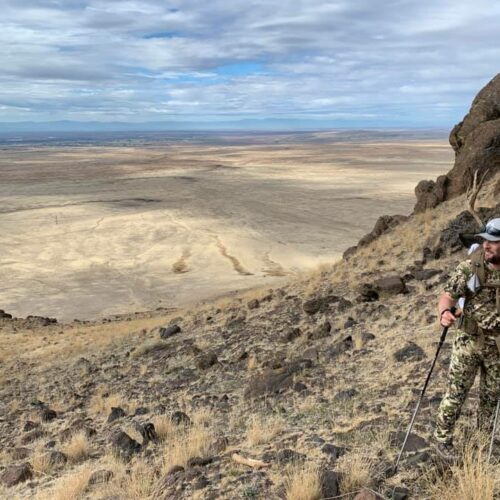The Art of Deer Grunting: How to Mimic the Perfect Call
When it comes to deer hunting, mastering the art of the grunt call can be a game-changer. Successfully mimicking the vocalizations of deer can draw them in closer, providing you with a better opportunity for a successful harvest. In this guide, we’ll explore the nuances of deer grunting, discuss the different types of calls, and share tips on how to effectively use them in the field. So let’s dive in!
Understanding Deer Vocalizations
Before you can mimic the perfect deer grunt, it’s essential to understand the various vocalizations that deer use to communicate with one another. Deer produce several different types of calls, including grunts, bleats, and snorts. Each vocalization serves a specific purpose in deer communication, signaling different emotions or intentions.
- Grunts: Grunts are the most common vocalizations made by deer, and they can convey a range of messages, from social contact to dominance displays. Bucks often grunt during the rut to establish dominance, while does may use them to communicate with their fawns or other deer.
- Bleats: Bleats are typically made by does and fawns and can indicate distress, hunger, or a desire to regroup. The estrous bleat, made by a doe in heat, is especially important to hunters, as it can draw in bucks looking for a receptive mate.
- Snorts: Snorts are alarm calls made by deer when they sense danger. These sharp, explosive sounds are a clear signal to other deer that something isn’t right, and using them incorrectly in the field can quickly spook your quarry.
Choosing the Right Call
Now that you have a basic understanding of deer vocalizations, it’s time to choose the right call for your hunting situation. There are several types of deer calls available on the market, including grunt tubes, can calls, and electronic callers. Each type has its pros and cons, and the best choice for you will depend on your personal preferences and hunting style.
Here are some factors to consider when choosing a deer call:
- Versatility: Look for a call that can produce a range of sounds, including different types of grunts and bleats. This will allow you to adapt your calling strategy to various hunting scenarios and target specific deer behaviors.
- Realism: The more realistic your call sounds, the more likely it is to attract deer. Listen to recordings of real deer vocalizations and compare them to the sounds produced by your chosen call to ensure it’s as authentic as possible.
- Ease of use: Your call should be easy to use and manipulate, even with gloves on or in cold weather conditions. Practice using the call before heading out into the field to ensure you can produce the desired sounds consistently and accurately.
Using Grunt Calls Effectively
Once you’ve chosen the right call for your needs, it’s time to learn how to use it effectively in the field. Here are some tips to help you master the art of deer grunting and increase your chances of success:
- Timing is everything: Grunting is most effective during the pre-rut and rut phases when bucks are actively searching for does and competing for dominance. During this time, bucks are more likely to respond to your calls, making it an ideal period to employ your grunt call techniques.
- Volume and tone matter: Adjust the volume and tone of your call to match the situation. For example, if you’re trying to attract a nearby buck, use softer, more subtle grunts. If you’re attempting to draw in a buck from a distance, use louder, more aggressive grunts. It’s essential to practice and experiment with your call to find the right balance.
- Less is often more: Over-calling can spook deer, so it’s important to use your grunt call sparingly. Start with a few short grunts and then wait for a response. If you don’t hear or see any deer, try again after a few minutes. If you spot a deer but it’s not responding to your calls, try switching to a different type of vocalization, like a bleat or snort-wheeze.
- Be patient: Deer are cautious animals, and they may take their time approaching the source of the sounds. Don’t get discouraged if you don’t see immediate results. Continue calling at intervals and stay alert, as deer may circle downwind to investigate the source of the sound before coming into view.
- Combine calls with other tactics: To increase your chances of success, consider combining your grunt calls with other hunting tactics, such as rattling antlers or using scent attractants. This multi-sensory approach can create a more convincing illusion and increase the odds of drawing in a curious buck.
Practice Makes Perfect
Like any skill, mastering the art of deer grunting takes practice and patience. Spend time listening to real deer vocalizations and working with your chosen call to develop a realistic, convincing repertoire of sounds. Experiment with different calling techniques, and pay attention to how deer in your area respond to your calls. Over time, you’ll learn which tactics work best in your specific hunting location and situation.
By understanding the various types of deer vocalizations, choosing the right call, and honing your calling techniques, you’ll be well on your way to mimicking the perfect deer grunt. With persistence and practice, the art of deer grunting can become an invaluable tool in your hunting arsenal, increasing your chances of success and making your time in the field even more enjoyable.
Happy hunting!





 The Influence of Weather Patterns on Deer Hunting Outcomes
The Influence of Weather Patterns on Deer Hunting Outcomes